1705758344.jpg)



Description
Because I read a lot of books, I really like to talk to people, and especially if the conversation is on the table.
Foods
-
1-cuisine
-
Sikh kebab
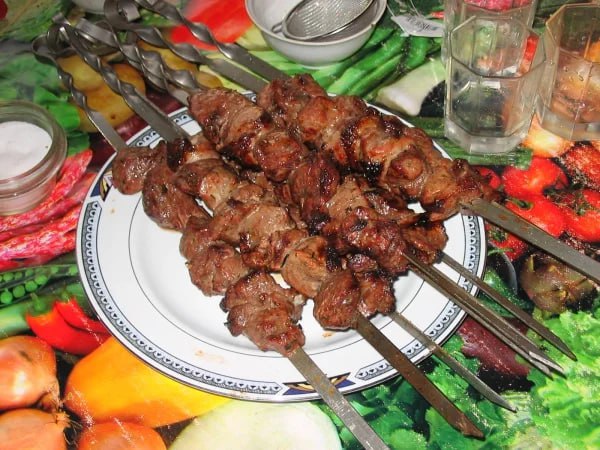
Six kebab is popularly called shashlik. "Shashlik" means "Sikh" in old Turkic languages, because "shish" means Sikh. "Kabob" means roasting. That is, this food, which is fried on a sikh, is taken from the most ancient dishes of mankind, especially primitive herdsmen. In those days, six was made of non-metal, of course. People cooked pieces of meat on sticks. It is impossible to keep pieces of meat lined up horizontally, because it will burn and fall off. For this purpose, wooden six (skewers) with meat were stuck vertically into the ground and cooked by exposing them to coals from the side where the wind blows. The custom of putting a piece of oil on the end of the kebab is from that time. This fat melted and seeped into the rows of meat below. Now, putting fat on the tip of the kabob is only a matter of construction and has no practical value, because the fat on the tip of the kabobs, which are placed horizontally on the fire, will flow out and catch fire without getting absorbed into the meat. "Shish" is six and its height is described in the book "Kyrgyz cuisine". For kebabs, thigh and thigh meats, buttock fat are food and always cut into the size of the first joint of the head bar. That is, it will be pieces of 15-16 grams. The fat is cut in the same size. Put it in a bowl and sprinkle with salt, cumin, coriander seeds and pepper. Finely chop the onion and mix well. That is, the meat is taken in handfuls and thrown back into the pan. It is mixed with mineral water, so that the water, onion juice, salt and spices are well absorbed into the meat. Only then will the kebab cook well. If there is freshly slaughtered sheep or beef, it can be cut without vinegar, sprinkled with salt and cooked in a six. Even if the meat itself is fresh, but it has become dry due to wind, it is vinegared. During pickling, spices, onion juice, mineral water and sour juices such as pomegranate, cherry, tomato are crushed. Kebab meat is cooked only on the basis of boiling water. This is the purpose of pickling, if the meat is not tender, the surface will quickly burn on the coals, and the heat will not penetrate inside the shell, as a result, the top will be burnt and the inside will be raw, and the good food will be wasted. Well-ground meat can be immediately transferred to the sieves and cooked, and unground meat can be left in a cool place for several hours to absorb the juices and spices. When we say vinegar, we should not come to the conclusion that vinegar is added to it, some people add vinegar to raw meat and take it away. It is a mistake to do this, because vinegar (especially white vinegar) will remove all the fat from the meat, it will be difficult to cook, and even if it is cooked, it will be tasteless. In fact, it is eaten by sprinkling vinegar on the face of the ready kebab. For this purpose, we recommend using only grape, apple and fig vinegars. Sliced meat is cut into four, six, or eight pieces depending on the length of the thigh, and traditionally the last piece is the thigh.
-
Mowkichri
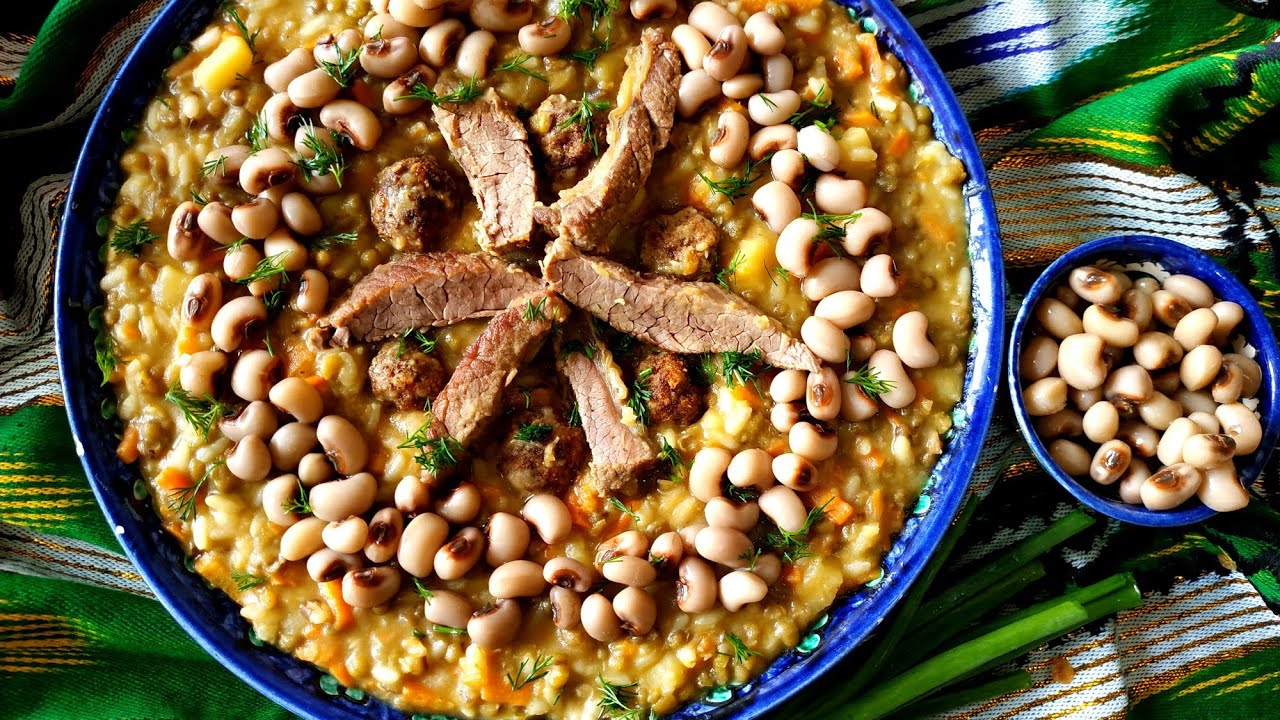
Moshkichri dish is one of the famous national dishes in Uzbekistan. The main ingredients of this dish are eggs called moshkichri (wild) and makkor (rice). Moshkichri dish is usually prepared in kitchens and at home and is loved by many people.
-
Bread
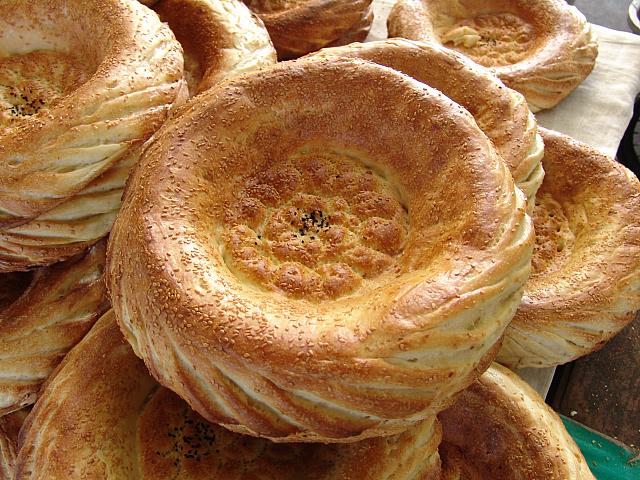
Bread is a food prepared by kneading, steaming or frying the dough. Bread consists of flour and water; soup, salt and yeast are often added. Sometimes sugar, spices, fruits (such as apples, nuts), vegetables (such as onions, meat) are added to the bread . Bread is prepared differently in different regions. Bread is a blessing that has been glorified since ancient times and considered sacred and precious in daily human consumption. It can be added to various dishes or eaten by itself. According to archeological data, it is assumed that the cooking and consumption of grains of spiky plants began 10-15 thousand years ago. During these times, fire was discovered, and it was possible to cook and eat grain. First, the ear was rolled in coals, then roasted in the ear, the ripe grain was massaged and eaten. Almost a chapter is dedicated to bread in "Avesta" and it is described as the most valuable product of agriculture. Pastries have a special place in Uzbek cuisine since ancient times. For example, only in Samarkand itself, bread products such as "Noni Asia", "Noni Polati", "Noni Zargoroni", "Noni Tafton", "Noni Obaki", "Noni Kuloboki", "Noni" zabonikaf", "noni comb", "noni khazzini" and other types are found [4]. Bread is eaten with various dishes or by itself in the daily consumption of a person. According to the method of baking (covering) bread: Gichcha bread Gizzy bread Sesame bread Fat cake Patir bread Kashkari bread Blue heron Shires such as Shirmay Patir
-
Norin

Norin is a Kyrgyz, Kazakh, Uyghur and Uzbek national dish. Method of preparation: sheep, horse or beef (sometimes goose meat) is put in cold water in a pot and then boiled until softened (fresh beef or horse meat 1-1.5 hours, aged horse meat 2 hours). Then it is cooled and cut into straws. The dough is rolled out to a thickness of 0.8–1 mm and cut into 10x10 cm, 10x5 cm patties. The dough is cooked in meat broth, and after it cools down a little, the surface of each slap is smeared with cotton oil (or gazi oil) and placed on top of each other on plates. Then the slap dough is cut into a pilaf (3.5-4 cm) and finely chopped. The chopped meat is mixed with the dough. This type of norin is called dry norin, it is divided into portions, put on the face of chives and 1-2 parkas of gas, and served as a side dish. Norin dough is eaten with meat soup and onions added to it before cooking (khol norin). Such norin is served on the table in bowls. Norin is considered one of the most ancient dishes and was widely used in the past among pastoral tribes.
-
Chicken kebab
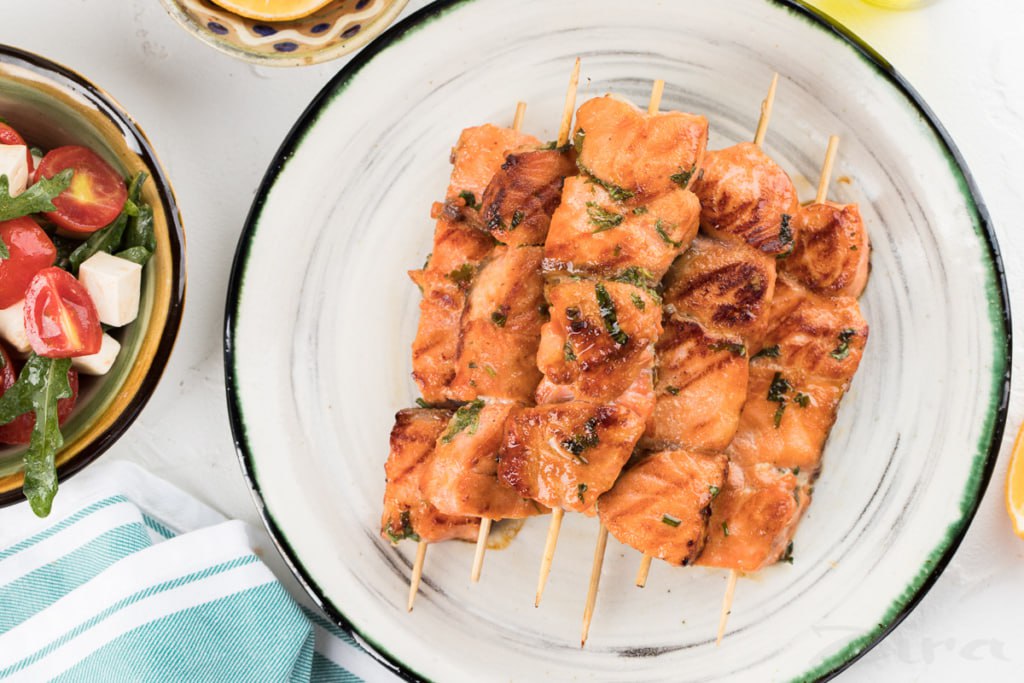
Although chicken kebab is not an Uzbek national dish, it is one of the favorite dishes in Uzbek cuisine. This diet food is very tasty.
-
Hasip
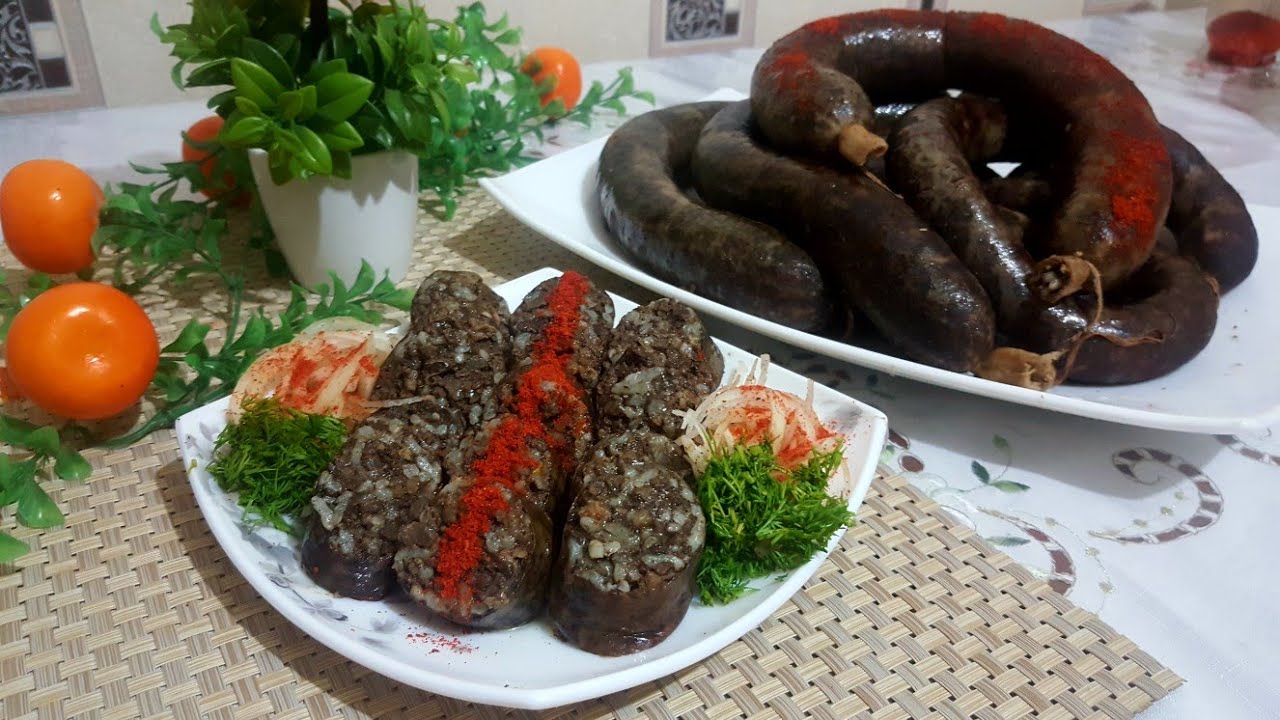
Hasip is a dish prepared by mixing minced meat, liver, and rice with the guts of slaughtered sheep or cattle, boiling in a pot or steaming in a kettle. This traditional dish, which is prepared for weddings, holiday table, dear guests, originated in the distant past and is preserved in the kitchens of all cities and villages without forgetting. "Dimlama Hasip" prepared by special method, "egg hasip" by putting cooked rice with a well-boiled egg into the sheep's intestines. "Rice Hasip" cooked from a mixture of boiled rice and black liver are still favorite dishes.
-
Besh-Panja kebab
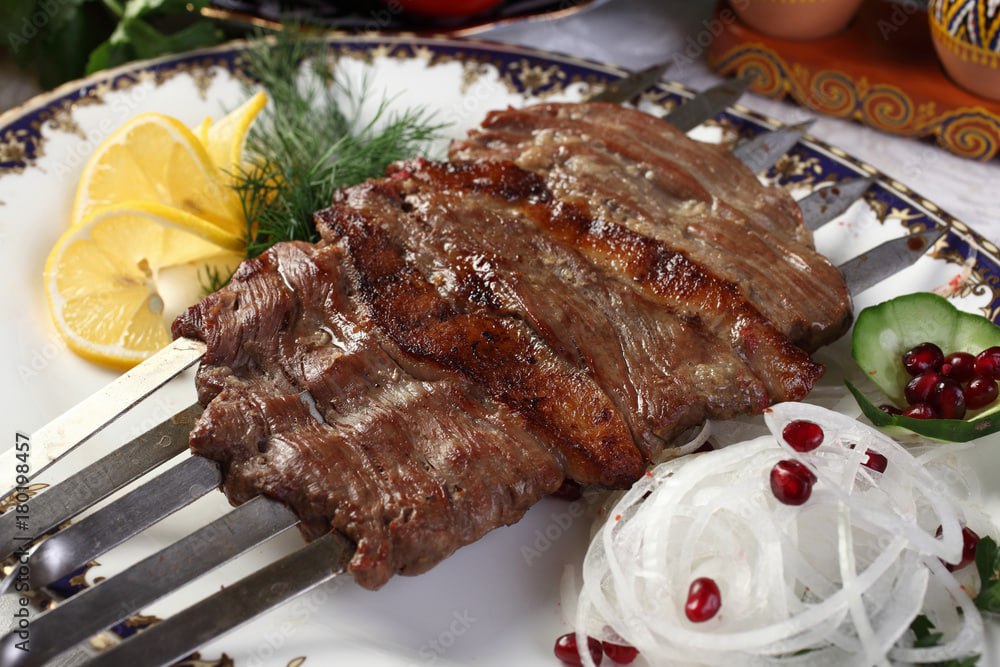
A large piece of beef or mutton and the fat of the rump is weighed in five skewers. Although the taste of this kebab is not different from that of a regular kebab, it gives more appearance to the table than a regular kebab.
-
Gulhanim
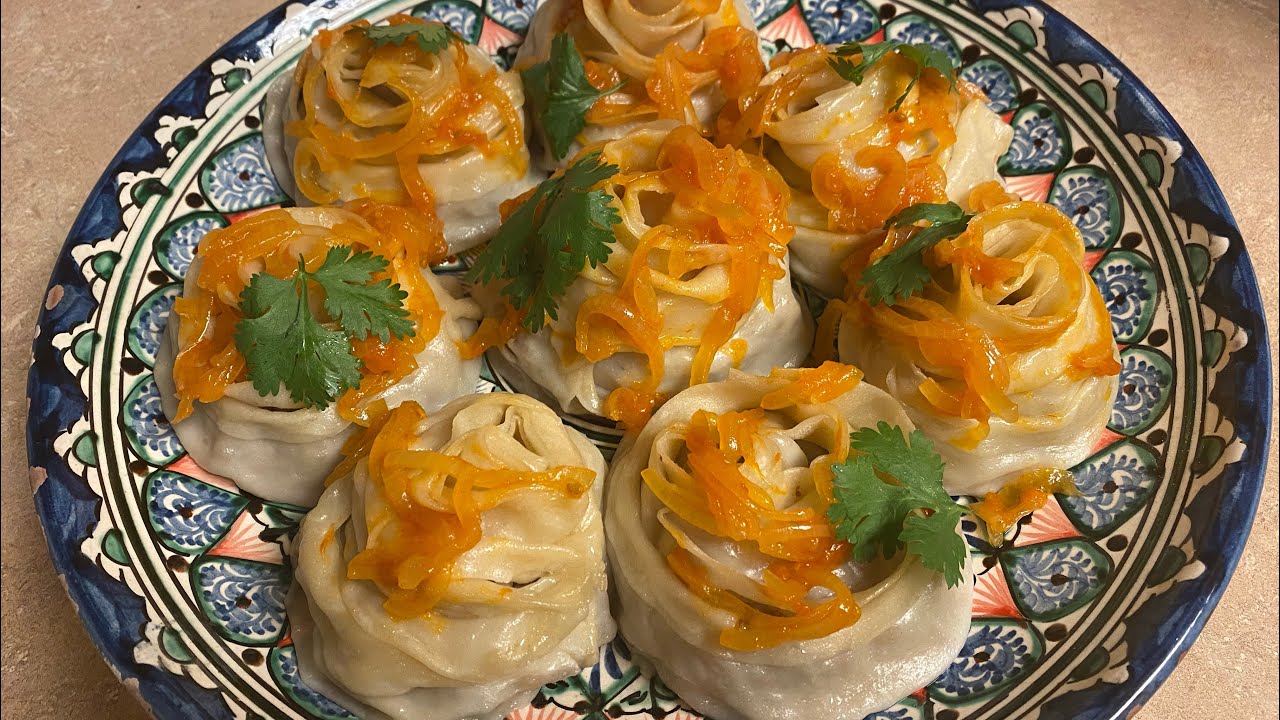
Hanim is a delicious and nutritious food, but it is a bit awkward to carry at parties. But my bouquet only adds beauty to the table. Gulkhanim's dough and base are the same as those of hanim, and differ only in appearance.
-
Halwa
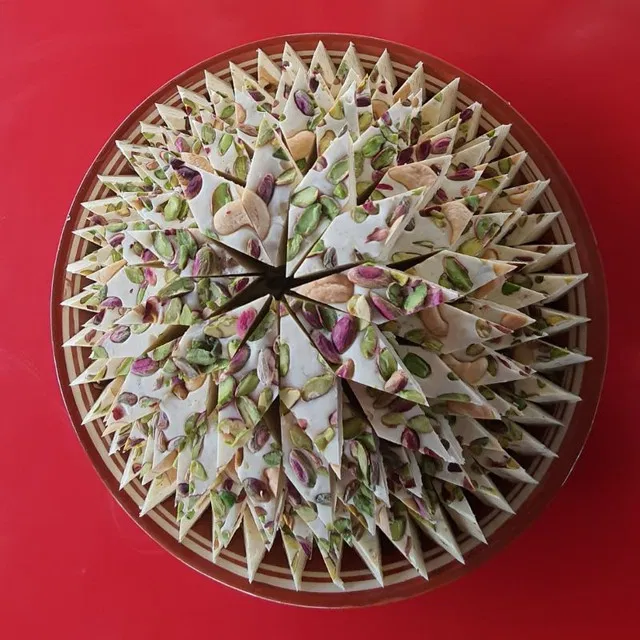
Holwa (Arabic: حالاواة) is a type of dessert. Oil, sesame, walnut kernel, almond kernel, flour and other ingredients are added to the sugar or honey-boiled stew. Cocoa and cocoa powder, raisins, sugars, vanillin, citric acid and others are added to Holva to improve its taste. According to the ingredients, there are varieties of Holva such as Cucumber Holva, Corn Holva, Walnut Holva, Sunflower Holva, Sesame Holva, Peanut Holva, Pashmak Holva. Each type of holva is called vanillin, chocolate, vitaminized and other names, depending on the amount of auxiliary substances added. In the countries of the East, including Central Asia, the profession of carpentry has existed since ancient times. In large shakars, holva-paz are specialized in preparing various holvas using grapes or mulberry molasses, flour, oil, sesame, apricots, etc., and then sugar and sugar.
-
Boiled soup
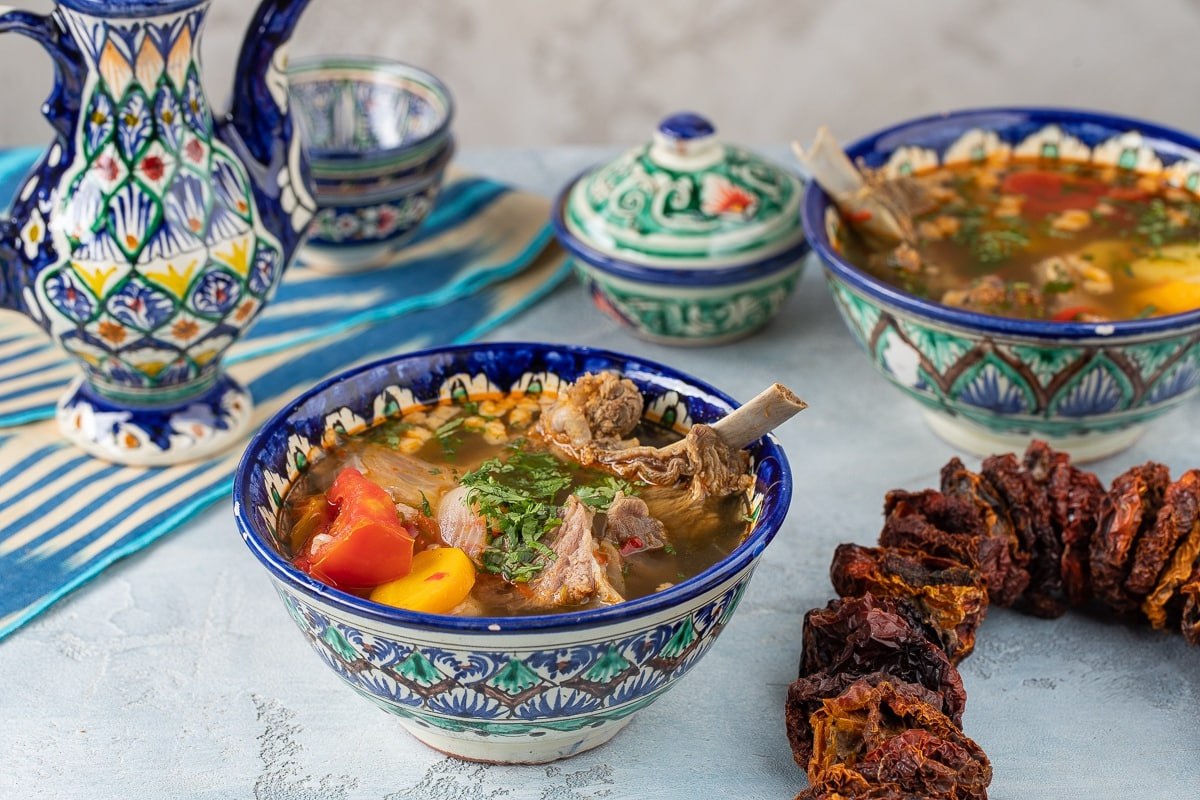
Boiled soup - mutton (breast, ribs, a little fat) is boiled in cold water in a pot. The foam of the soup is not removed (the foam will disappear by itself after adding the onion). Add peeled whole carrots, sliced tomatoes, salt and spices to the soup along with onions. After the soup boils for 40-50 minutes, add peeled whole potatoes and lower the heat and simmer. As soon as the potatoes are cooked, the soup is removed from the heat and served in bowls.
-
Pancake

pancake (or hotcake, griddlecake, or flapjack) is a flat cake, often thin and round, prepared from a starch-based batter that may contain eggs, milk and butter and cooked on a hot surface such as a griddle or frying pan, often frying with oil or butter. It is a type of batter bread. Archaeological evidence suggests that pancakes were probably eaten in prehistoric societies. The pancake's shape and structure varies worldwide. In the United Kingdom, pancakes are often unleavened and resemble a crêpe.[2] In North America, a leavening agent is used (typically baking powder) creating a thick fluffy pancake. A crêpe is a thin Breton pancake of French origin cooked on one or both sides in a special pan or crepe maker to achieve a lacelike network of fine bubbles. A well-known variation originating from southeast Europe is a palačinke, a thin moist pancake fried on both sides and filled with jam, cream cheese, chocolate, or ground walnuts, but many other fillings—sweet or savoury—can also be used. Commercially prepared pancake mixes are available in some countries. Like waffles, commercially prepared frozen pancakes are available from companies like Eggo. When buttermilk is used in place of or in addition to milk, the pancake develops a tart flavor and becomes known as a buttermilk pancake, which is common in Scotland and the US. Buckwheat flour can be used in a pancake batter, making for a type of buckwheat pancake, a category that includes blini, kaletez, ploye, and memil-buchimgae. When potato is used as a major portion of the batter, the result is a potato pancake. Pancakes may beserved at any time of the d 1,ay or year with a variety of toppings or fillings, but they have dev eloped associations with particular times and toppings in different regions. In North America, they are typically considered a breakfast food and serve a similar function to waffles.
-
Gilmindi
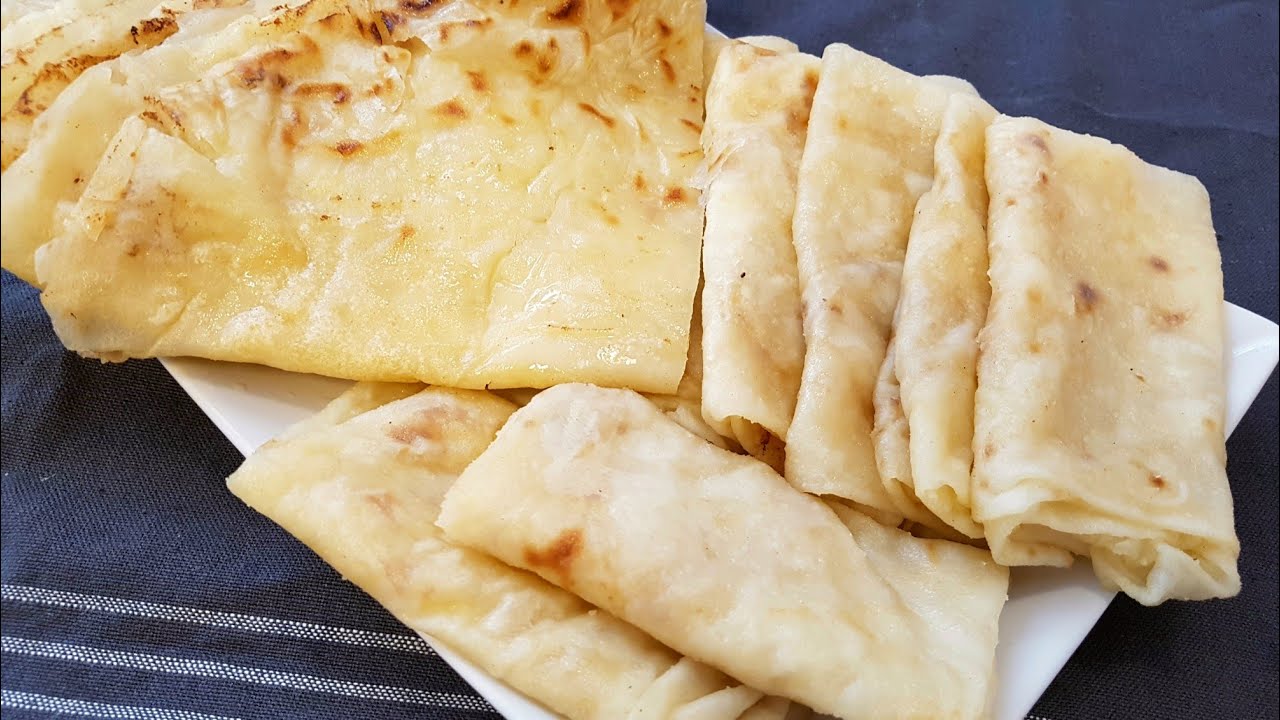
Uzbek national dish made from slurry, butter and thin dough. Water, milk, eggs and salt are added to form a stiff dough. It is removed to a warm place for 15 minutes. The finished dough is divided into 30 gram balls and spread thinly. It is cooked one by one in a pan in a little oil. Flour is added to water for slurry Mix until no lumps remain. Boil milk in another vessel. Sugar is added, then flour mixture is added and stirred until thick. It is stopped when it becomes a slurry. Melt the butter in a pan. Slurry is put in half of the stick and half is closed. A little butter is poured into the plates. A spoonful of butter is poured into each gilmindi. It tastes good both hot and cold.
-
Yupka
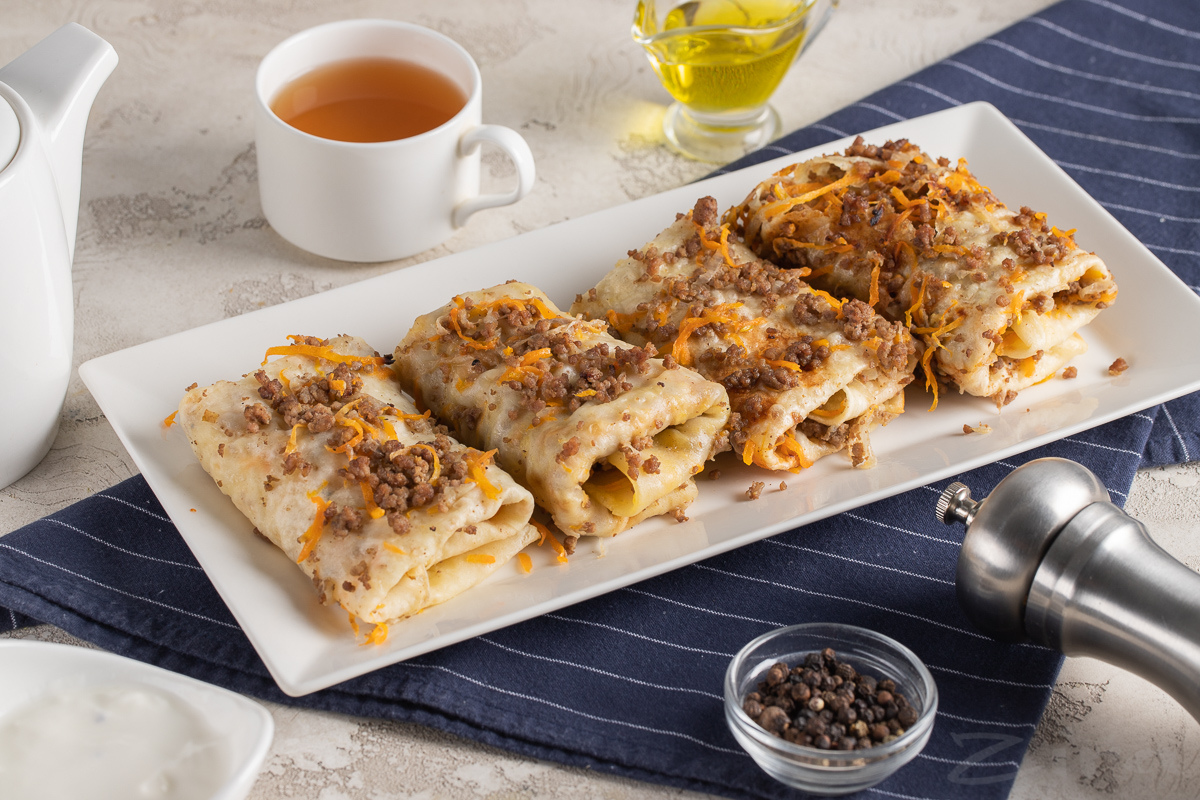
Yupka is a dish made from dough, meat and onions. The meat is passed through a meat grinder, mixed with finely chopped onion and pepper and fried. 30 g balls are made from the dough and rolled out thinly. Apply half a spoonful of oil to a hot pot and cook one of the doughs, soaking them well on both sides. Then put the second Yu. in the pot and cook it, leave it in the pot, spread the prepared minced meat evenly on the surface, and cover the first cooked one. The next layer of dough is covered with minced meat and turned over for cooking. The number of floors will thus be increased to 10-12. Then each one is separated and placed on a plate in four folds. In some places, the dough of Yu. It is necessary to cook Yu. on a very slow fire and if necessary, drop half a spoonful of oil into the pot. Yu. It is one of the traditional dishes, and it is prepared at the cradle of the baby and during Eid ceremonies.
-
Egg barak

An ancient Khorezm dish - egg barak is considered a dietary food and improves human digestion. As it is a boon rich in protein, it also affects blood circulation.
-
Dimlama

Dimlama is a dish prepared by dipping. It is cooked from meat or fish, various vegetables and some fruits. D. is palatable and easy to digest, because the useful substances (vitamins, mineral and sugar substances, aromatic and tasty extractive substances) of the food prepared by the steaming method are preserved. There are several types of D.: meat D., fish D., pumpkin D., quince D., vegetables D., etc. Meat D. - the meat and thighs are cut into pieces, the bones are also cut into 2-3 cm lengths, then mixed with finely chopped onions, salt and spices. First add fat, then bone, and then sliced meat to the heated pot. A bay leaf, ground pepper, and dill are placed on each layer, a little water is poured to create steam, and the lid is covered with gypsum and a towel is wrapped around it. 40 min. cooked during. The meat is served in plates and bowls. Pumpkin D. - pumpkin is peeled and seeded, cut into matchbox-sized pieces, then sprinkled with salt and fried a little in butter, pour more liquid cream over it and simmer for 30 minutes on low heat. cooked during.
-
Plov
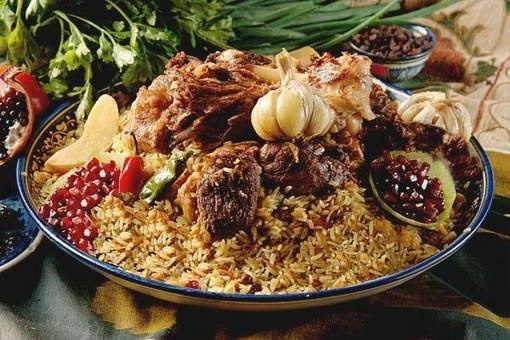
Plov is the main dish of Uzbek cuisine, and it holds a special place in the heart and taste of many people. It is a hearty, fragrant rice dish cooked with a mixture of meat, onions, carrots and spices. The dish is usually prepared in a large, heavy pot called a cauldron or deg, which allows for even cooking and the development of the desired crust known as a "cauldron". The main ingredients of Uzbek plov are rice, meat (often lamb, beef or chicken) and aromatic vegetables such as onions, carrots and garlic. The dish also contains spices such as cumin, coriander, and sometimes dried fruits and nuts, which provide a rich, complex flavor profile. Making Uzbek plov involves a unique method in which the rice and meat are layered in a pot, allowing the flavors to meld during the slow cooking process. The meal is often served with side dishes such as achichuk (fresh tomato and onion salad) and delicious yogurt. Uzbek plov comes in different regional variations, with cities like Samarkand, Tashkent, and Bukhara each adding their own flavor to the favorite dish. Uzbek pilaf is the pinnacle of culture, tradition and culinary art, from its rich history rooted on the Silk Road to its importance in social gatherings and celebrations.
-
Minced kebab
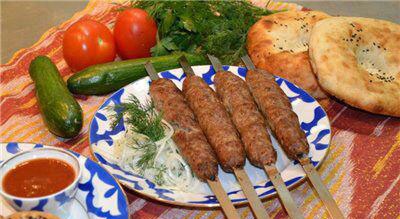
This traditional dish came to us under the influence of Azerbaijani cuisine, and its original name is "Lola kebab". "Lola" means "round pillow" in Turkish. Diet is in its fast digestion. It is prepared for holidays and weddings, and it is very popular when it is put on the table of a dear guest. It is necessary to prepare such a kebab from fresh and fatter meat. The meat is passed through a mincer. It will be even tastier if minced meat is mixed with mutton and beef. If you add finely sliced onions to the minced meat, it will increase its consistency. Egg white is added to increase the stickiness of the minced meat and prevent it from leaking when cooked. To improve the taste, add coriander seeds, pepper and salt and mix. Take a handful of the prepared minced meat, crumple it into six, and make it like a round pillow (cucumber) with a length of 8-10 cm. The surface is covered with breadcrumbs so that the juice does not flow. Pistachios are cooked on charcoal. Real Azerbaijani cooking is done in the heat of grape rust. Because the smoke of the grape rust gets into the minced meat, it will decorate it. Place two or four kebabs on a plate and garnish them with cumin-onion or fresh vegetables.
-
Fat-liver kebab
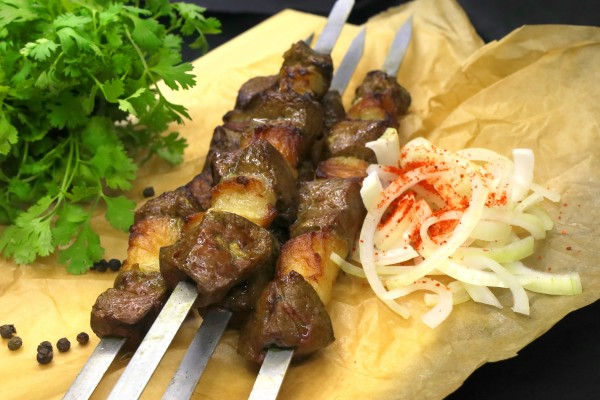
This special dish was created by ancient cooks in order to increase the healing capacity of the liver and, most importantly, to make the liver tastier and reduce the fat content of the buttock by 50%. Buttock fat is removed from the liver. The liver is divided into 15-gram pieces, and the buttock is slightly smaller - 10-gram pieces. There are two ways to cook this kebab. In the first one: one piece of liver and one piece of fat are cut into six pieces before being placed directly on the fire. ; in the second way: mix the sliced liver with the onion mass sprinkled with those spices on the surface of the oil. After it has been harvested, the bread is rolled with flour and then it is harvested. In both methods, the embers must not be strong, otherwise the fat will melt and catch fire, darkening the kebab. Therefore, it is recommended to cook it on pistachio charcoal (charcoal of fruit trees). Or if coal is lit, sand is sprinkled on the surface of the embers, and the kebabs are fried without fanning them. When serving, a few portions of sikhi are placed on a plate or two sikhs per plate, and the face is smeared with grape or apple vinegar. As a side dish, choose one or more fresh vegetables such as cumin-onions, green onions, radishes, cucumbers, tomatoes, and radishes.
-
Moshkhorda
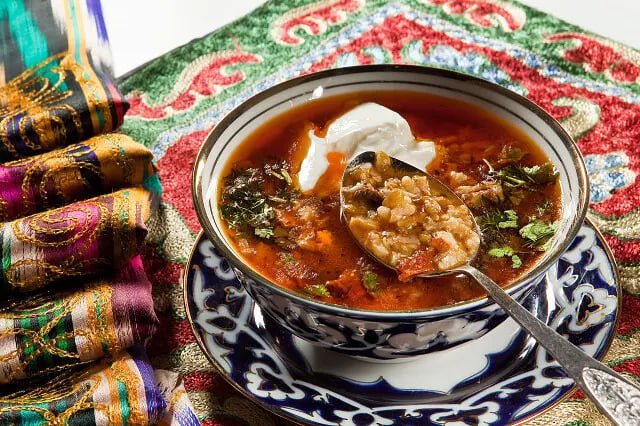
Moshkhorda is a liquid dish made with rice and mash. This name is derived from the Tajik word mosh, which means "round, dark green grain of a leguminous plant" and the past participle form of the verb khordan, which means "eat-drink". It is composed in the Uzbek language and means "liquid food made from rice with mash". According to the ingredients and the method of preparation, there are types of mashkhorda with minced meat, mashkhorda with meat, and mashkhorda with skin. Ancient healers used this food as a diet that relaxes the nerves, clears the eyes, reduces bile, and cools fever by sweating well. The native land of mosh is India, it is widespread in Asia and Africa, but it is not cultivated in America and Europe. In these places, it is called "small brown peas of Asia" or sometimes called "yellow bean". It belongs to the legume family, the grain is dicotyledonous, similar to peppercorns, but round-cylindrical in shape, 1000 grains weigh from 30 to 80 grams. The color can be different: brown, dark green or brown. The best is the dark green one, which is easy to cook, tastes good and has a unique smell. The longer the mosh is stored, the more its color changes to brown, it becomes hard, it becomes harder to ripen, and its taste is reduced. Therefore, mosh cannot be stored for more than one year, the sooner it is used, the better and more useful it is. It should also be noted that in folk medicine, it is said that it is better to eat moshli food in the summer, during the day, it is difficult to digest when eaten in the winter and in the evening, and it boils the stomach. Mosh contains up to 45-50% starch and 25-30% protein, which does not remain from meat. Because of this, moshli dishes are very tasty and nutritious. Mosh also contains up to 2-4% fat, various mineral salts and some medicines. The following thoughts of Abu Ali ibn Sina about mosh are very valuable for us: "Mosh. Its grain is close to that of a large bean. The best time to eat it is summer. Humidity and dryness are moderate. Peeled mosh is temperate, unpeeled is prone to dryness.
-
Liver kebab
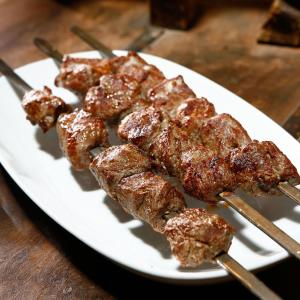
Take the liver of a freshly slaughtered sheep or cow and cut it into 15-16 grams of fat. After this, the pistachios are cooked on coals. It should be noted that the liver kebab should not be over-fried and harden. It is better to eat the liver kebab while it is still hot, if it gets cold, both the taste and the health will be reduced. Liver kebab is served on the table with cumin-onion and fresh vegetable side dishes.
-
Shirguruch

Shirguruch is a thick dish made from milk and rice. Rice is cleaned and washed 3-4 times. When the water in the pot boils, add rice and a little salt. When the rice is half cooked, milk is poured. The milk should be poured into the rice 3-4 times depending on its absorption, and the food should be stirred continuously. When the rice is crushed and the milk is completely absorbed, the food is ready. Ready shirgurin is put on a plate, put on the surface of butter (sometimes sugar) and put on the table.
-
Hanim

Hanim is a flour dish very similar to manti. The main distinctive feature of the hanim is very thin dough and fluffy ingredients. It is usually made with potatoes, but can also be made with meat. In the bazaar, tomato paste and oiled kale are poured over the hanim.
-
Kuza shurva
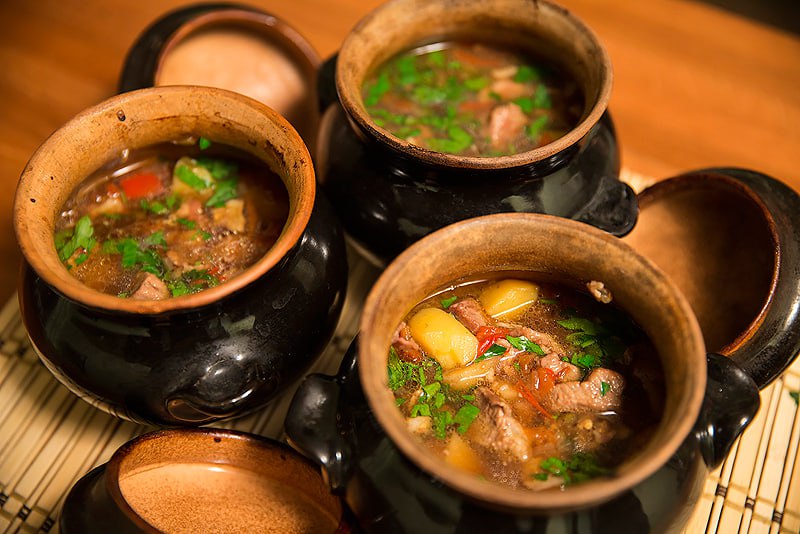
The oriental dish kuza shurpa in a pot is a popular first course in East Asia with a bright aroma. Cooking shurpa in a clay pot creates a special, unique taste due to the fact that all products are evenly baked and simmered in their own juice. The secret of the original and healthy recipe is that it is prepared in the oven without adding oil. The absence of oil and a large amount of vegetables allows us to safely classify this soup not only as a hearty dish, but also as a healthy one.
-
Nokhatshorak

Nokhatshorak is one of the favorite dishes of many people, and it is widely prepared mainly in Samarkand region. Peas in khatshorak are frozen overnight and boiled throughout the day. You will see that the lamb and chickpeas in it are cooked in the oven and melt in your mouth.
-
Lagman
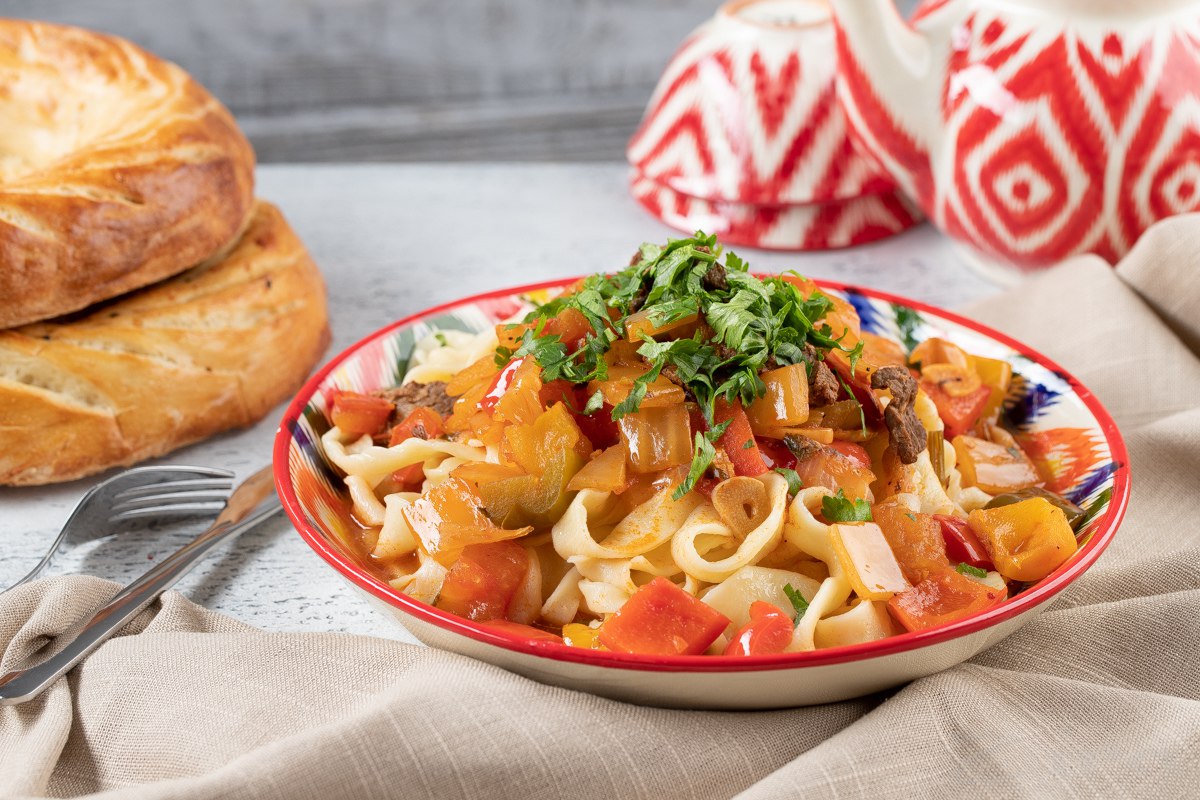
This lagman is typical of real Uzbek cuisine and originated in very ancient times. It is very rich and delicious, and it is a dish that is worth putting on the table of guests. It can be prepared in all four seasons of the year. This type of lagmon is mostly prepared in the Fergana Valley. The preparation of cut lagmon is as follows: the dough is made as if it were made for dumplings, let it rest, and then spread it to 2-3 mm with the help of a rolling pin. Cut long strips of 4-5 mm width after laying the dough, and wrap them in a roll so that they don't stick together. The cut ugar is boiled in boiling salted water, and when it floats to the surface, it is floated in a pan, rinsed 2-3 times in cold water, and then drained. Cabbage is prepared as follows: cut onion into rings, meat into almond-sized chunks, tomatoes into slices, medium potatoes (1.5 X 1.5 X 1.5 cm), radish into small ( 0.5 X 0.5 X 0.5 cm) is cut into cubes, cabbage, sweet garlic and garlic are finely chopped. In the cauldron, oil is added to the onion, meat is added before it is browned, and when it begins to sizzle, add tomatoes and garlic until the tomatoes are crushed and sizzled. Tomatoes can be used instead of tomatoes in winter. Then add radish, sweet garlic and cabbage and fry until half-cooked, add a little water and simmer on low heat until all the ingredients are completely soft. When the water evaporates, each ingredient is boiled until completely soft. Add a little hot water if it becomes too watery. Adjust the salt and pepper. It is necessary to pay attention to the fact that the cabbage is not too liquid or too thick, but average. When ready to serve, cook the noodles in boiling water and heat them, put them on a plate in one layer, put cabbage on the second layer, put the third layer of noodles on top of it, and put the cabbage on the fourth layer, sprinkle with chopped scallions.
-
Bichak
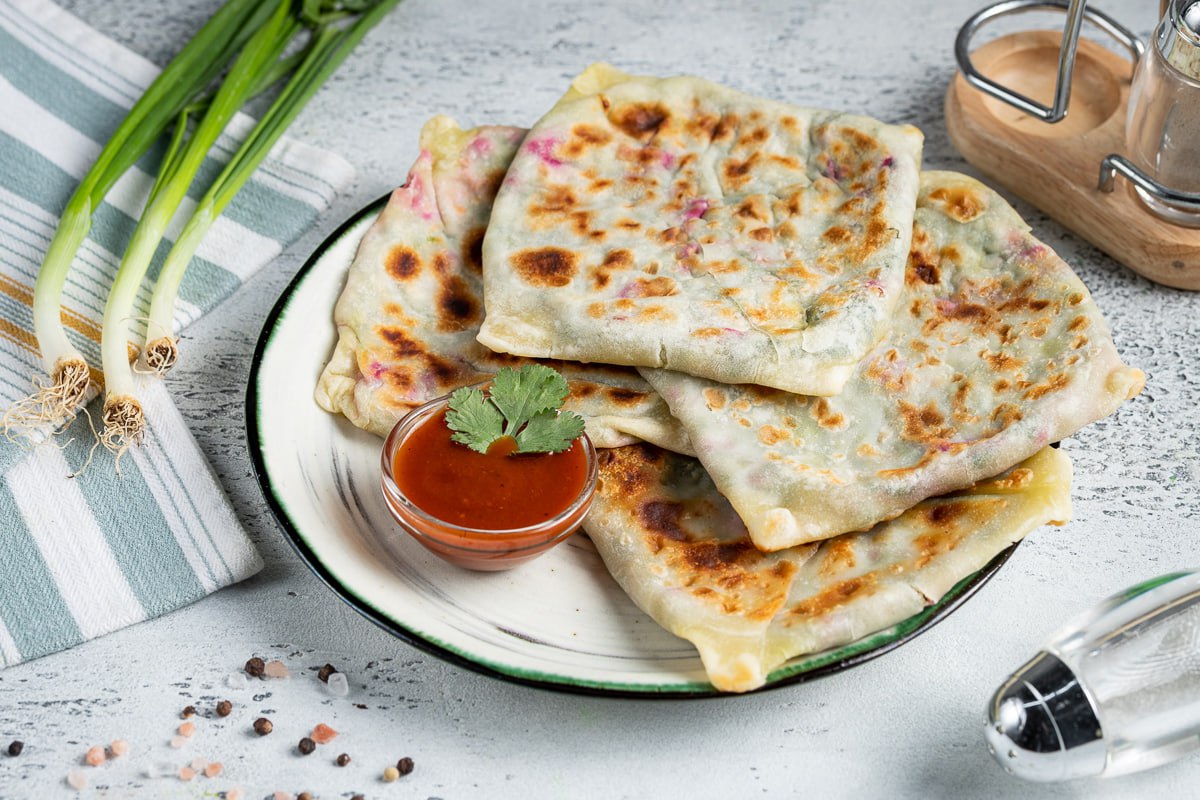
Bichak is a baked or fried pastry in various shapes (round, triangular, rectangular) and is popular in Central Asian cuisines, including Uzbek cuisine, Tajik cuisine, Afghan cuisine, and Middle Eastern cuisine. In Moroccan cuisine. Often served during tea or coffee hours. Bichak can be filled with pumpkin, vegetables and jam for a sweet taste, or meat and cheese for a tasty addition to lunch.
-
Mastava
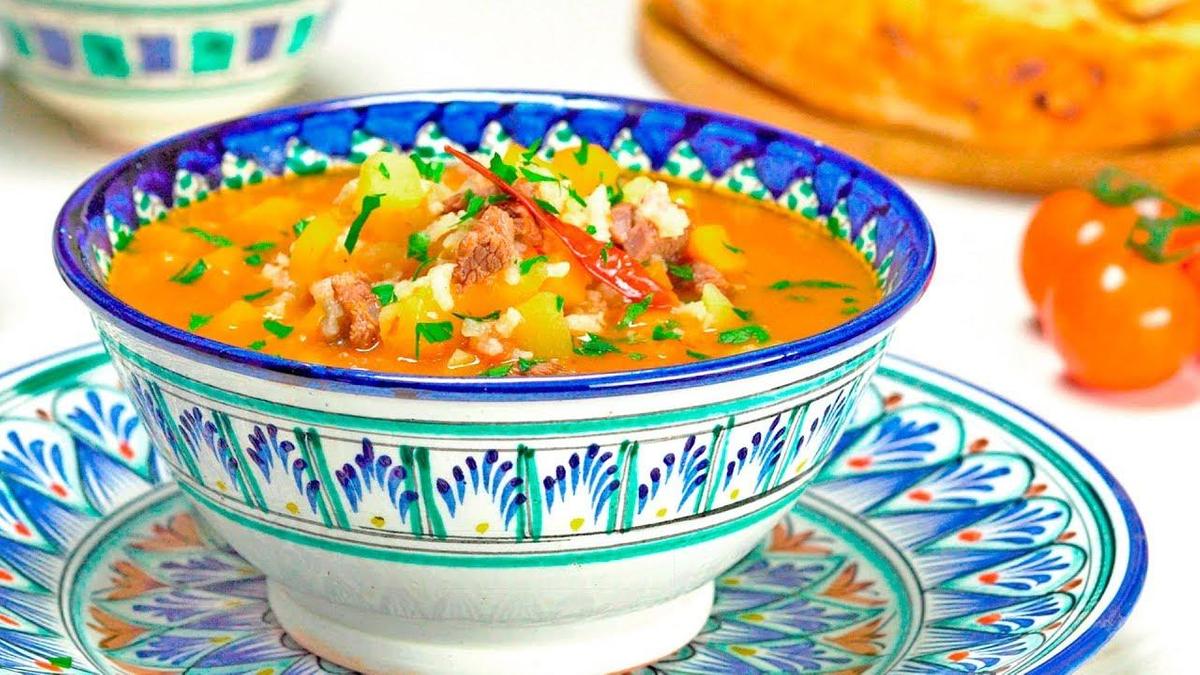
Mastava is a liquid food that is popular in eastern cuisines and is a healthy dish. Mastava is rich in vitamins and is loved by both young and old alike. In fact, Mastava is made by boiling rice in whey made from curd. Now it is made from carrots, onions, rice and other ingredients. According to the ingredients and the method of preparation, there are such types as boiled Mastava, fried, cherry, minced and sour Mastava. The main type of Mastava is prepared by boiling minced mutton. This one is our favorite and preferred recipe for cold winters. In folk medicine, this mastava is a good cure for high temperature, if eaten with freshly grounded pepper.
-
Steamed dumplings-Manti

Manti is a classic dish popular in the cuisines of Turkic and Muslim nations: the Caucasus, Turkey, Mongolia, Uzbekistan, and even China and Korea. In Russia and the post-Soviet region, manti is a very popular dish from the Central Asian republics of the former Soviet Union. The origin of the dish is still unknown. Many facts, including etymological evidence, indicate that this recipe originated in China and spread further along the Great Silk Road. Traditionally, manti is cooked in a special device called a manti cooker, manti cooker, manti pot or manti-kaskan. A manti pot is usually multi-layered. Water is poured into the lower chamber and the upper compartments have steam vents (lappays) that allow cooking. In a manti pot, you can cook 40 or more manti at a time. Depending on the ingredients, there are types of manti, such as kok manti, meat manti, pumpkin manti, mint manti and potato manti.
-
Samsa
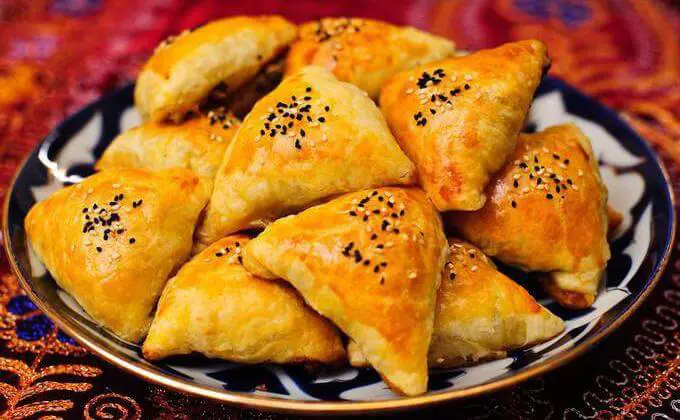
In Uzbek cuisine, somsa is mainly prepared in a round shape, closed in the oven. Nowadays, they are also cooked in triangular and square shapes in gas ovens. To prepare somsa, dough is made from wheat flour and jilt is made. Somsa is often served with vinegar and tomato sauce, and Jizzakh somsa is sprinkled with vegetable oil. Just as hot dogs are sold on the streets of European countries, somsa is closed in portable ovens and sold on the streets and markets in the residential areas of countries such as Uzbekistan, Kazakhstan, Tatarstan, and Kyrgyzstan. For some types of somsa, where meat is used, the dough is made with raised and sometimes unraised dough, sprinkled with namakob on the heated oven (in some cases, the oven is greased) before being put in the oven. Depending on the ingredients of the somsa, there are different types of somsa in the farm, such as somsa with meat, leafy somsa, blue somsa, pumpkin somsa, mint somsa, and potato somsa.
-
2-cuisine
-
Desert
Conveniences
- Wi-Fi mavjud
- Avtomobil to'xtash joyi
- Oilaviy
- Konditsioner
- Isitish tizimi
- Mashhur joylar
- Bog'
- Elektr transportlarini zaryadlash



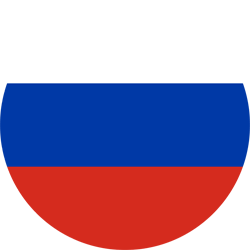
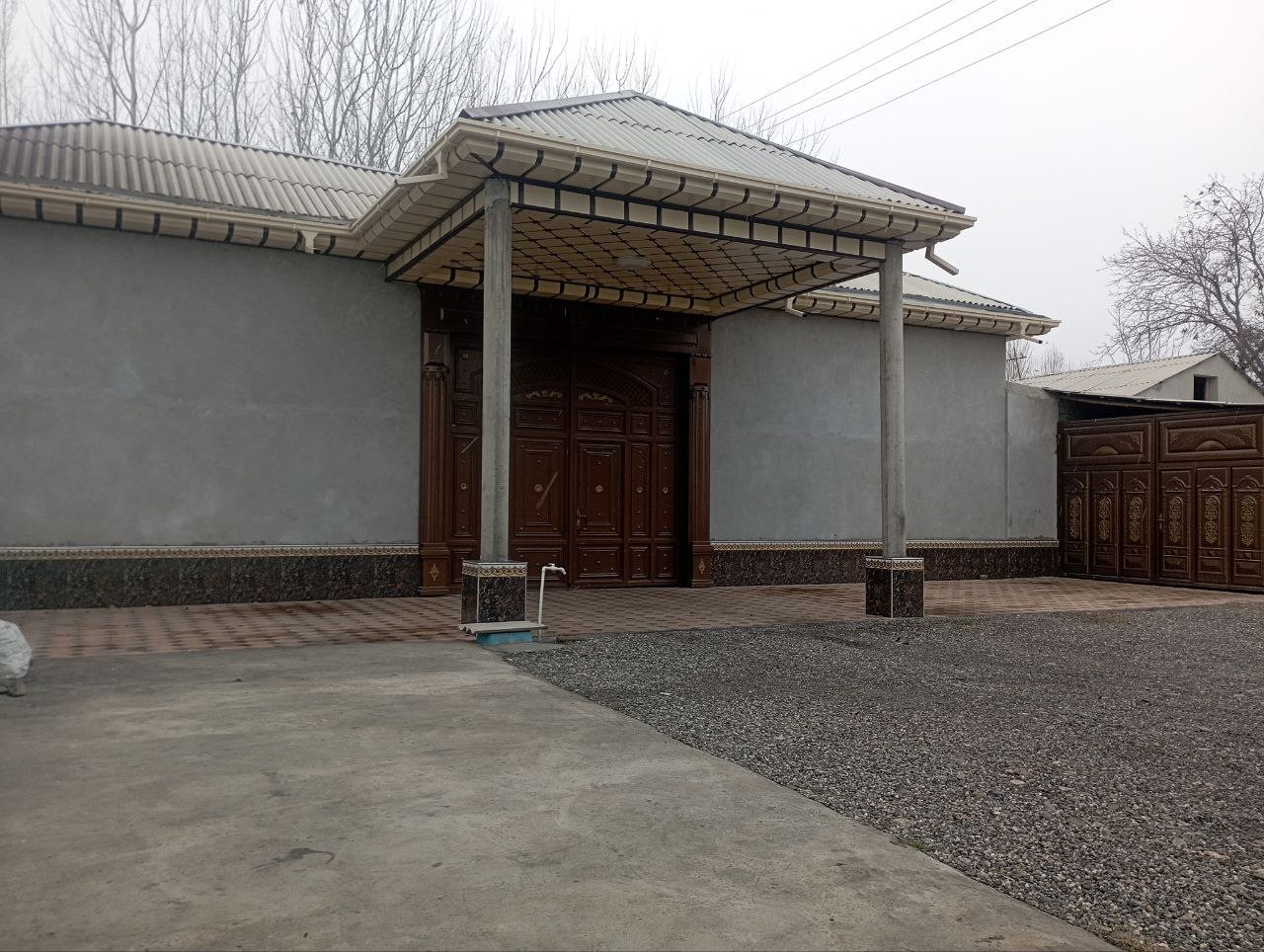

If you've noticed a bundle of those vagina movies or OnlyFans leaked - onlyfans leaked nude pics, you'll get what "start kitty" ways. It's in essence how the vagina techniques to help make bedroom for the shaft. Some individuals phone it "available vulva." The vagina features this constant movements thanks a lot to a skinny covering of weed at the beginning and a even internal filling. But the vulva is not the almost all very sensitive portion, consequently fellas shouldn't anxiety about holding it. It's exciting to contact the vagina while receiving fast paced, but folks want to maintain their arms in examine to keep away from any collisions. The vagina will be all about muscle tissue and little robust spaces for orgasm and G-spot activity. Therefore if a dude desires to orgasm, he's gotta work with his palms to find there. The distance and squeezing of the vagina will be wonderful for men and for reaching that charming location. It's all about shifting back again and out and up and down during love-making..